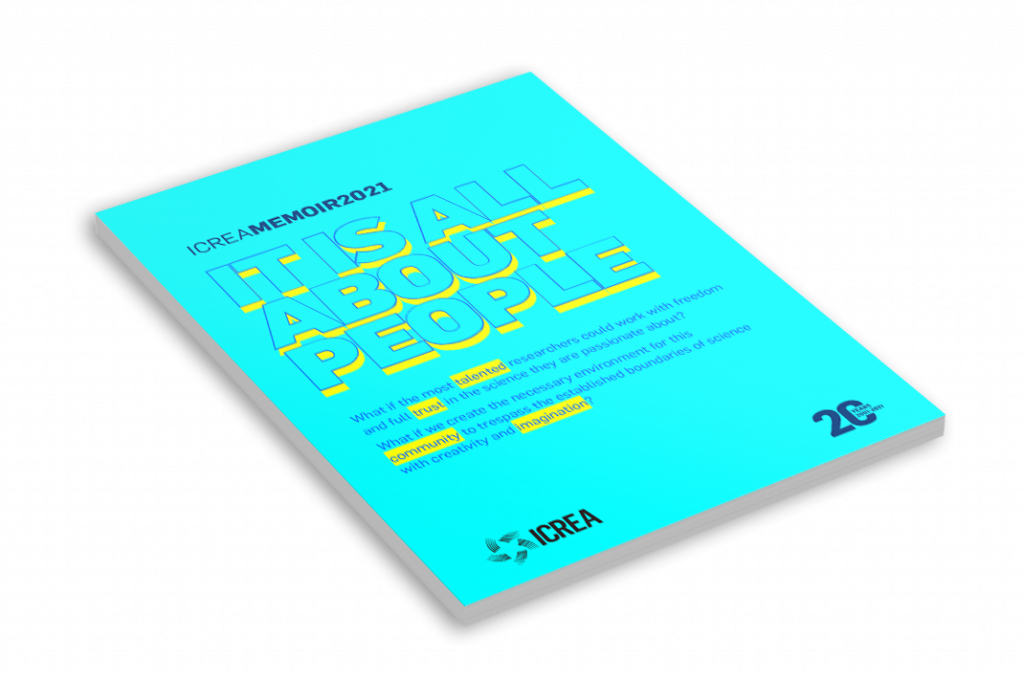Muscle is known to regenerate through a complex process that involves several steps and depends on stem cells. Our work published this year in Science describes a new mechanism for muscle repair after physiological damage relying on the rearrangement of muscle fiber nuclei, and independent of muscle stem cells. This protective mechanism opens the road to a broader understanding of muscle repair in physiology and disease.
Skeletal muscle tissue, is formed by cells (fibers) with more than one nucleus. Despite the plasticity of these fibers, even in physiological conditions, regeneration is vital for muscle to endure the mechanical stress of contraction, which often leads to cellular damage. Although muscle regeneration has been deeply investigated in the last decades, most studies were centered on mechanisms involving several cells, including muscle stem cells, which are required upon extensive muscle damage.
This work shows an alternative mechanism of muscle tissue repair that is muscle fiber autonomous: observing different in vitro models of injury and models of exercise in mice and humans upon injury, we found that nuclei are attracted to the damage site, accelerating the repair of the contractile units. We further showed that the movement of nuclei to injury sites resulted in local delivery of mRNA molecules. These mRNA molecules are translated into proteins at the site of injury to act as building blocks for muscle repair. This muscle fiber self-repair process occurs rapidly both in mice and humans after exercise-induced muscle injury, and thus represents a time- and energy-efficient protective mechanism for the repair of minor lesions.
The nuclei movement during development organelles was already described, but the reasons why nuclei move are largely unknown. In this work we show for the first time a functional relevance for this phenomenon in adulthood during cellular repair and regeneration. This finding constitutes an important advance in the understanding of muscle biology, in physiology (including exercise physiology) and muscle dysfunction.

